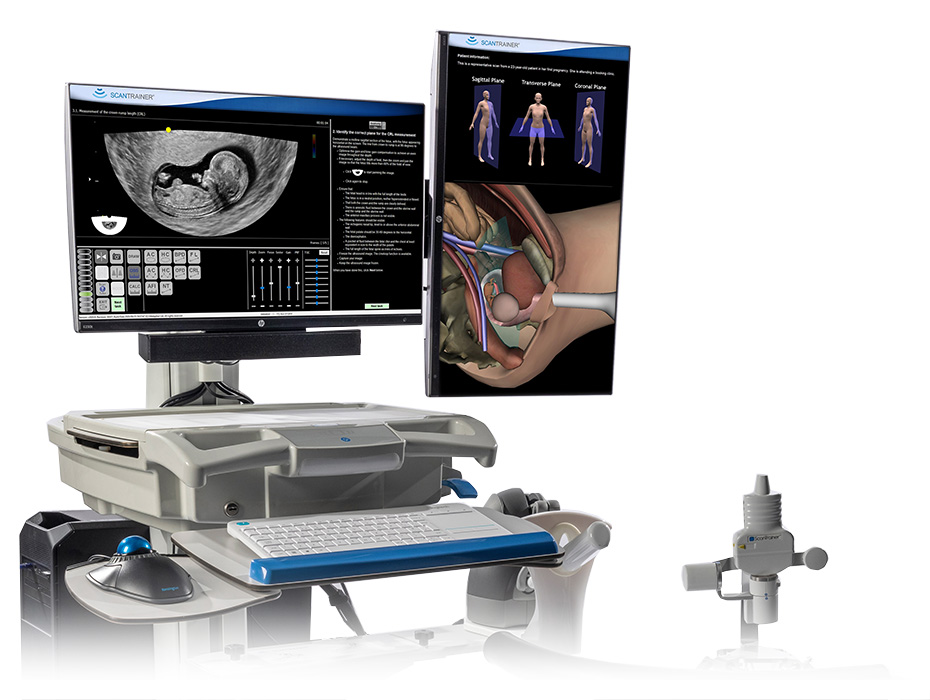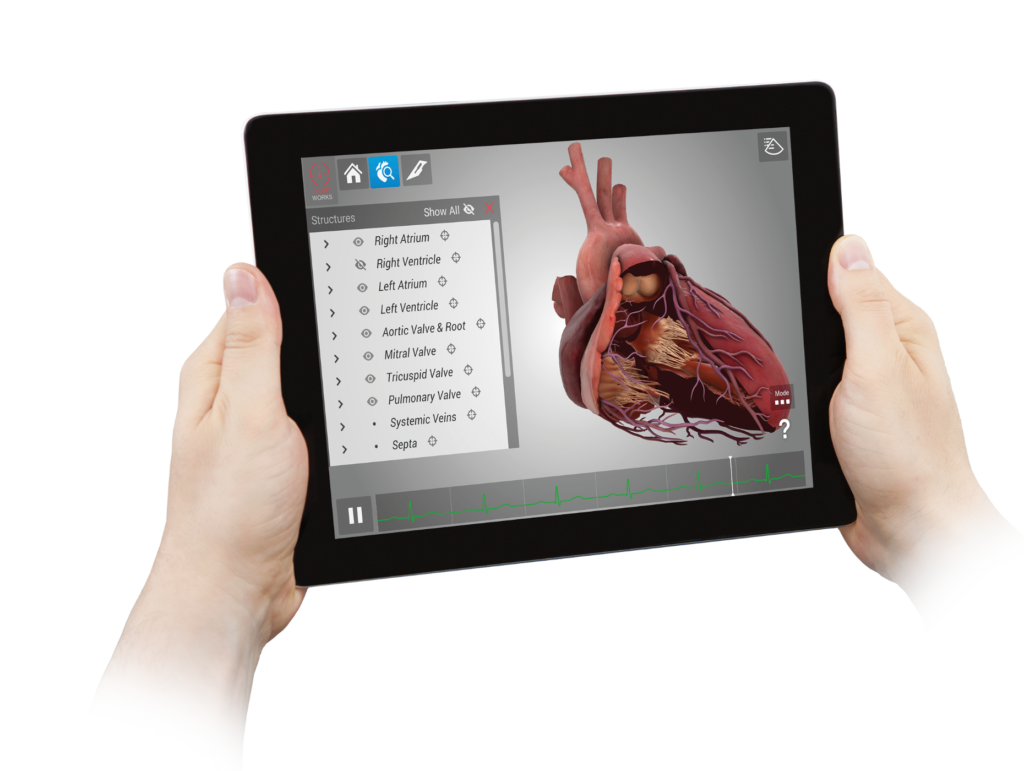

Real-time training system for ultrasound-guided Peripheral Nerve Blocks
ScanNav Anatomy PNB Trainer uses the latest AI from Intelligent Ultrasound to automatically highlight the key anatomical structures on the live ultrasound image, as you scan. Complete with a range of training videos using 3D animation to show the relationship between probe position and sonoanatomy, it’s perfect for teaching less experienced clinicians how to perform the key ultrasound-guided peripheral nerve blocks, using your existing ultrasound machine.
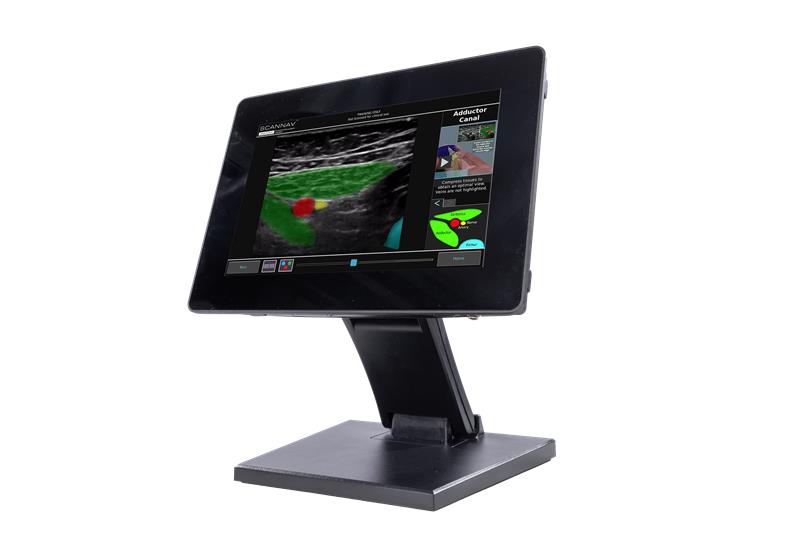
ScanNav Anatomy PNB Trainer is an excellent tool to learn both sono-anatomy recognition and acquisition, building the confidence to perform ultrasound guided regional anesthesia
Dr David Burckett-St.Laurent, Consultant Anaesthetist, Aneurin Bevan University Health Board
Nine supported procedures
ScanNav Anatomy PNB Trainer supports the supervised teaching of the following nine popular ultrasound guided regional anesthesia procedures:
- Interscalene
- Superior Trunk
- Supraclavicular
- Axillary
- Erector Spinae Plane
- Rectus Sheath
- Suprainguinal Fascia Iliaca
- Adductor Canal / Sub-sartorial femoral triangle
- Popliteal
Key features
- AI training system supplied with an integrated touchscreen display on a compact portable desk stand
- Compatible with general purpose ultrasound machines with HDMI or DVI second monitor port
- Highlights the key structures relevant to each procedure in real-time
- Complete with block-specific 3D-animated training material
- Can be cleaned with medical grade disinfectants and touchscreen can be operated while wearing gloves
Restrictions on use
ScanNav Anatomy PNB Trainer is designed to teach ultrasound-guided regional anesthesia in a non-clinical environment. It is not licensed as a medical device for clinical use. You must not use Anatomy PNB Trainer to carry out procedures on patients.
Clinical validation
In a validation study 3 regional anesthesia experts judged the AI-driven colour highlighting to be helpful:
- for identifying anatomical structures in 1,330/1,334 cases (99.7%)
- for confirming the correct ultrasound view in 273/275 ultrasound scans (99.3%)
Step 1
Choose you block
To start, make your selection from the list of procedures on the right, or by clicking on the images on the left.
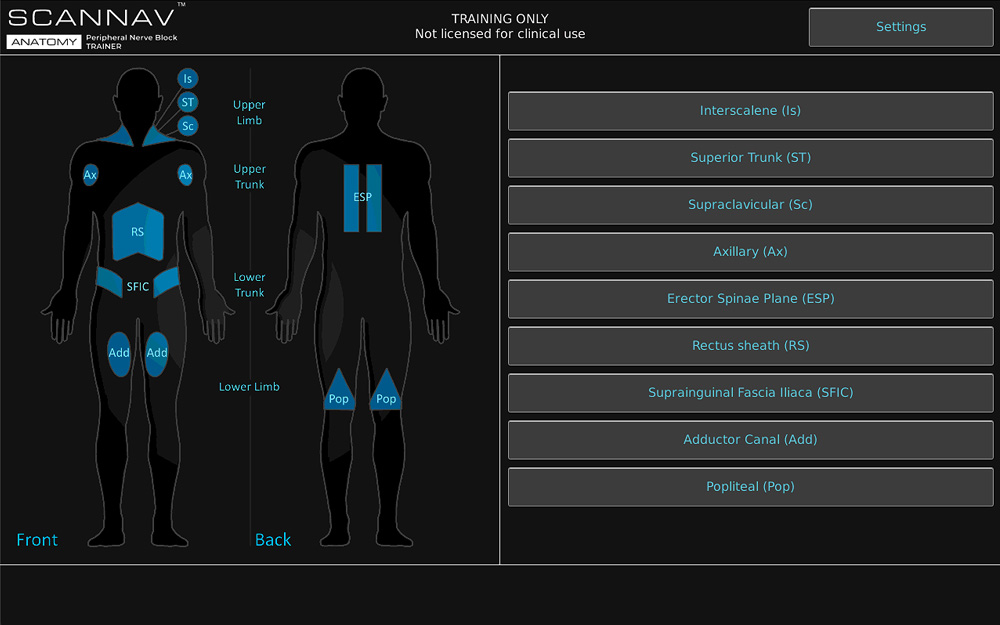
Step 2
Review the theory
Review the reference material for the chosen block area.
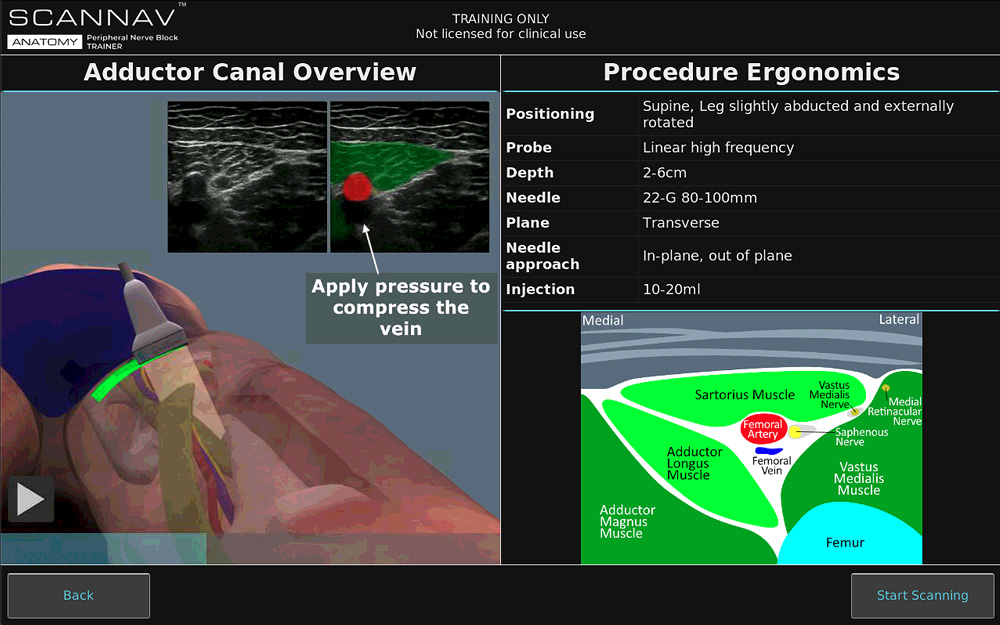
Step 3
Practise
Use the on-screen highlighting to help identify anatomical landmarks in the image.
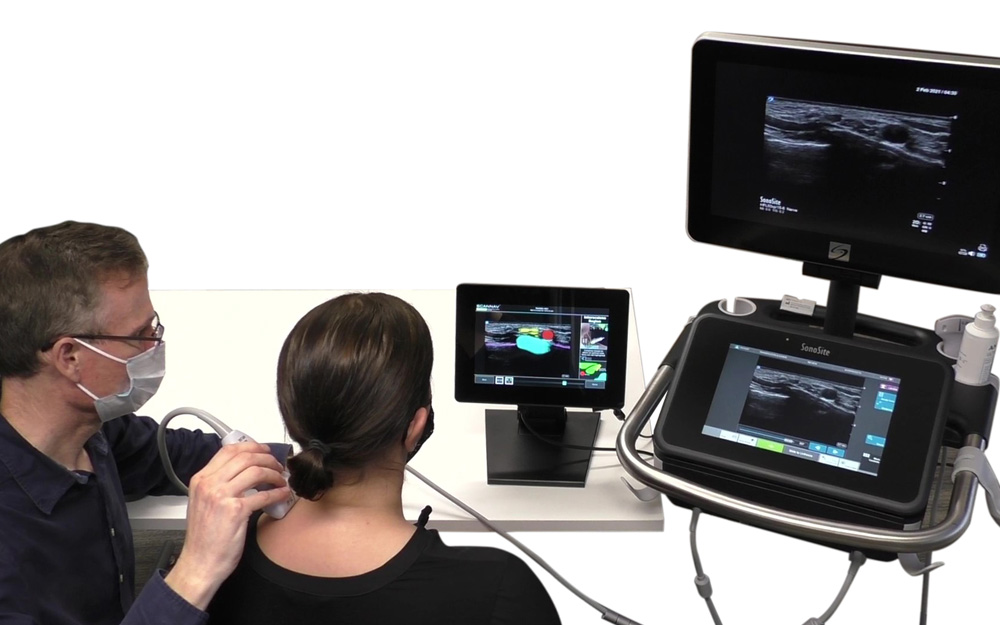
Clinical papers for reference
Bowness J, El-Boghdadly K, Burckett-St Laurent D. Artificial intelligence for image interpretation in ultrasound-guided regional anaesthesia. Anaesthesia. 2020 Jul 29. doi: 10.1111/anae.15212. Epub ahead of print. PMID: 32726498.
Turbitt LR, Mariano ER, El-Boghdadly K. Future directions in regional anaesthesia: not just for the cognoscenti. Anaesthesia. 2020 Mar;75(3):293-297. doi: 10.1111/anae.14768. Epub 2019 Jul 3. PMID: 31268173.
